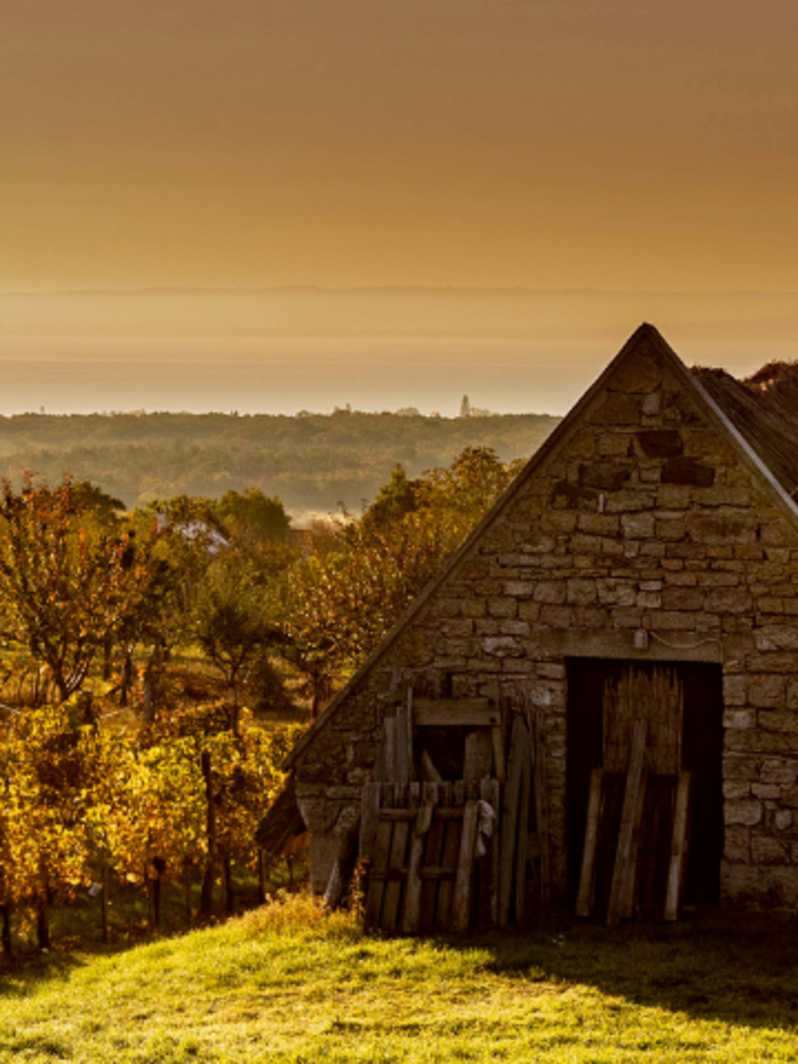Goose feast, new wine, and merriment: We set out to discover the traditions and customs of St. Martin's Day.


On St. Martin's Day, November 11, according to folk tradition, anyone who does not drink new wine will be thirsty all year long. But how is St. Martin's name connected to geese and the settlement of Balatonudvari? We looked into the most important folk customs and reveal what programs you can take part in in Veszprém and the Bakony-Balaton region.
Saint Martin of Tours was born in the province of Pannonia and was one of France's most famous Christian saints. The bishop was already highly revered in Pannonia before the Hungarian conquest: according to tradition, he helped St. Stephen and the country in his dreams. Thus, St. Martin of Tours became the patron saint of Hungary after the Virgin Mary.
How is St. Martin's name connected to the date of November 11?
November 11, St. Martin's Day, is associated with numerous folk customs, most of which mark the end of agricultural workand the approach of Advent. In Roman times, this day was the first day of the winter quarter: feasts were held at this time to celebrate the new harvest and new wine.
Saint Martin and Balatonudvari

Are you familiar with the customs and traditions of St. Martin's Day?
The best-known of these legends is undoubtedly the one in which Saint Martin hid in a goose pen when they wanted to elect him bishop. However, the geese betrayed him with their honking.
Goose feast
Márton Day is the last holiday before the 40-day fast before Christmas, which is why feasts are regularly held on this day. According to tradition, it was forbidden to clean, wash, or hang laundry on this day, as this could cause the destruction of the harvest. In November, the fattened geese were slaughtered, so goose dishes were served on St. Martin's Day, because "whoever does not eat goose on St. Martin's Day will go hungry for the whole year. The dishes usually included goose soup and goose liver, which were typically served with steamed cabbage and bread dumplings. The back part of the goose was sent to the priest, which is where the expression "bishop's bite" comes from.
Weather forecasting
Torchlight procession
In the old days, farmers paid shepherds their wages, or r&eac;tesadót, on St. Martin's Day, and in return, the shepherds gave the farmers a bunch of willow branches as a gift. It was a custom in Dunántúl that on St. Martin's Day, the shepherds would walk around the houses with a willow branch and say their greetings. The torchlight procession commemorating St. Martin originates from the German-speaking region and is still held today in settlements with a German ethnic population and in many parts of the country.and are still held in many parts of the country today. Children and families walk the streets with homemade lanterns and sing St. Martin's Day songs.nbsp;
New wine tasting
After the Christmas Eve dinner, it is customary to toast with newly fermented wine, or "Márton's cup," , as according to folk tradition, if we do not drink new wine on this day, we will be thirsty for the whole year.
Would you like to celebrate St. Martin's Day in style? We have compiled a list of the most exciting St. Martin's Day events in Veszprém and the Bakony-Balaton region, so you can choose the ones you like best.nbsp;